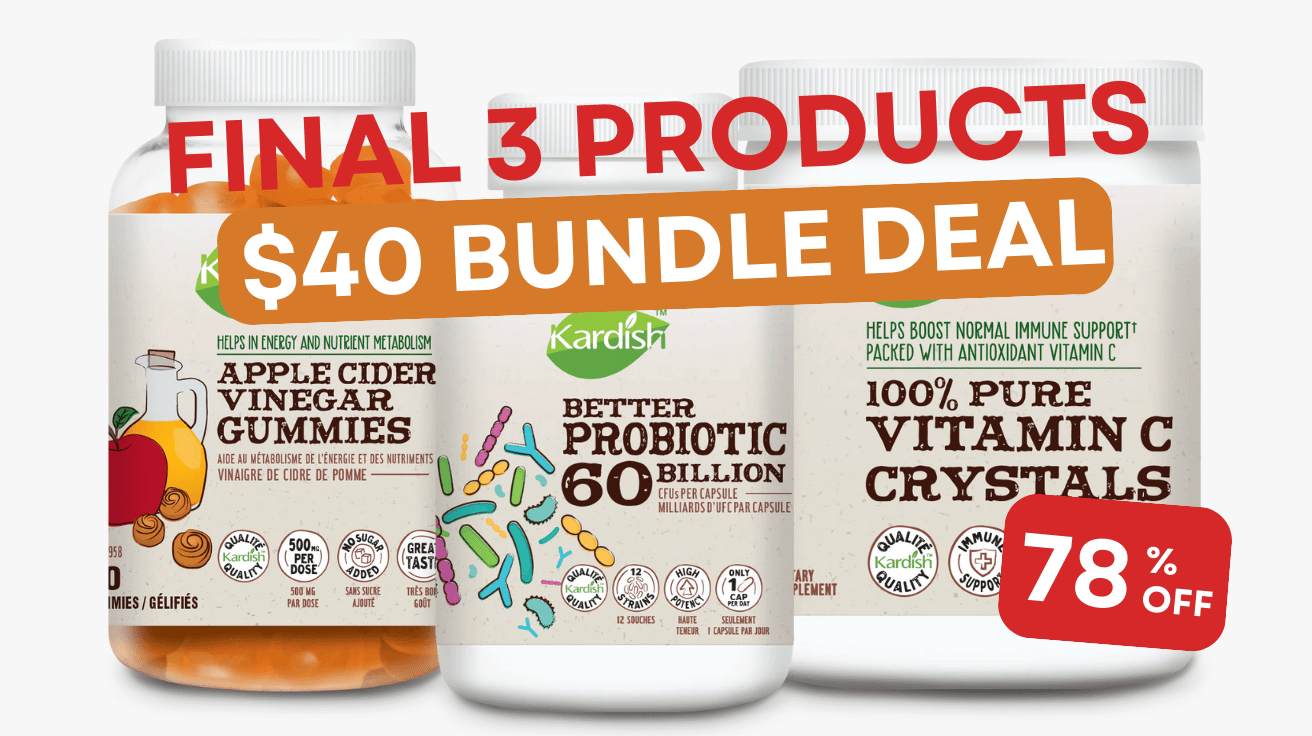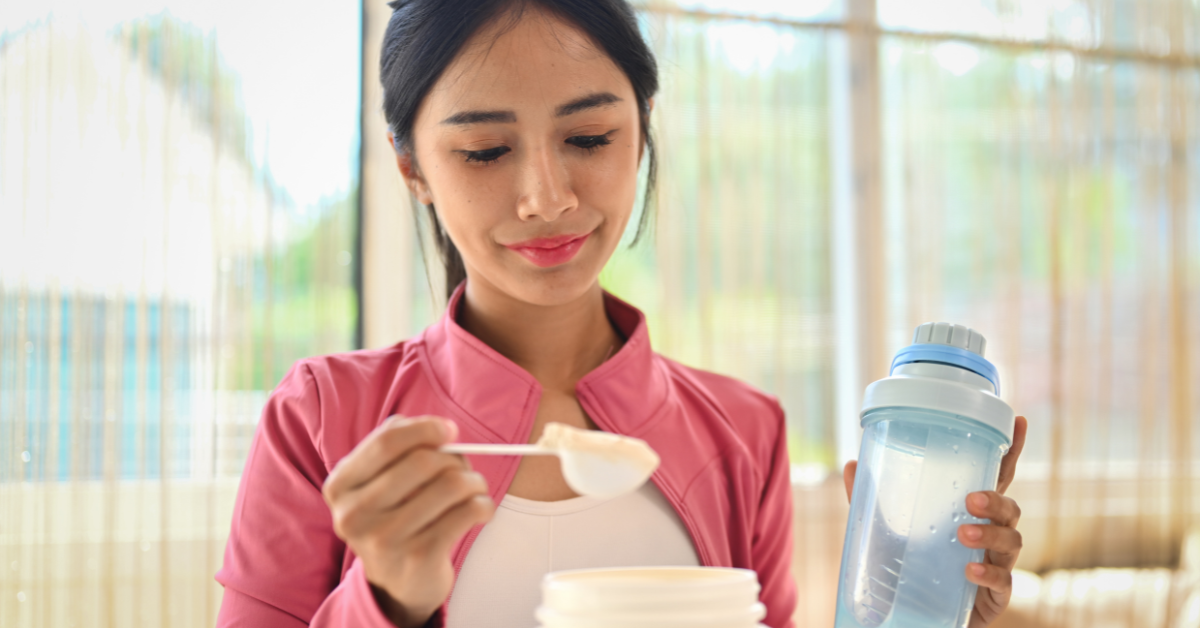
Sun, swimming, and sweets are summer staples that we all look forward to after long cold winter months. Spirits are high and social gatherings are abundant into the long summer nights. But every season has its shortcomings and for summer that includes burns, bites, and blisters.

Naturally, as we spend more time outside in the beautiful sun drenched world, we have greater exposure to nature. Overall this is exceptionally beneficial to our health. Nature has been shown to promote better moods, increase focus/concentration, decrease cortisol/stress levels, lower blood pressure, improve sleep and immune system function. Amazing! All that from just getting outside!
However, this greater exposure doesn’t come without its own set of risks. The sun can burn, the bugs will bite, and there are many plants that can cause some unpleasant rashes at the most inconvenient times. The great news is that nature has also provided us with some fantastic remedies for these problems, and you deserve to know them!
Natural treatments for common summer rashes
- Sunburns
Sunburns are not something to be taken lightly. Burns from UV radiation have the capacity to burn our skin severely enough to cause second degree (even third degree in extremely fair skinned individuals) burns. Repeated sunburns have been associated to changes in the cells of our skin that increase our risk of skin cancers. So sun protection and prevention is critical.
If despite your precautions, a sunburn still manages to sneak through, then reducing the pain/redness as well as helping the body heal and minimize damage is an important step not to be skipped.

Aloe vera gel is cooling to the skin to help relieve the pain and irritation caused from the heat. It has the added benefit of also healing membranes, help decrease damage, and help promote resolution of the burn. The gel straight from the plant is ideal! However, if you are in a pinch, look for an aloe gel product with no preservatives and apply a few times a day as needed for the pain.
Mint and lavender are two common herbs that have cooling properties both internally and externally in the body. Make a strong infusion with one or both herbs by adding 2 Tbsp of herbs to 1 cup of boiling water. Let steep for 20 minutes. Strain out the herbs and add in ¾ cups of apple cider vinegar. Mix well. Apply over the burn either spraying on with a spray bottle, or soaking a cloth and applying like a compress.
- Bug Bites
Bites and stings can range from annoying to astoundingly painful. When hanging outside, and a sting catches you by surprise, you need to look no further then down to your feet for the ultimate bug bite remedy: plantain! This is a common weed that grows pretty much in all of our lawns, fields, and forests. Do yourself a favour and look up a picture right now and then find some outside. This way when you need it most, you will know exactly what to look for. The crudest but most effective way to apply this is to make a spit poultice. Pick a good size leaf and chew so that you make pasty substance. Apply this directly to the area of the bite/sting, and marvel at how quickly the pain/irritation subsides. You can also make a homemade salve with the herb and apply as needed. If you aren’t the DIY type, you can purchase a calendula salve that will also help heal and calm.
*Note: ensure you are chewing on plants that have not been treated with pesticides/chemical fertilizers to avoid ingesting any harmful chemicals.

- Heat Rash
Heat rash, also known as prickly heat, is rash characterized by red bumps that can happen over any area of the body, but most often neck, chest, back, and head as well as all our sweaty areas (ie: folds). It occurs when we are overheated and sweating. Our sweat becomes trapped under our skin leading to the red irritation. It can happen soon after exposure, or a few days after. The rash is itchy and annoying and sometimes causes a prickly sensation (hence the name), but nothing to be weary about.
Cool your skin by taking a cool shower. To reduce the irritation, it can be helpful to take a cool bath with colloidal oatmeal.Grind some cooking oats into a powder. Add them to your bath water and soak for 15-20 minutes. The oatmeal is anti-inflammatory, anti-irritating, and calming for the skin. Pat yourself dry (don’t irritate the skin more by rubbing). You can do this twice daily for serious irritations until the skin has calmed. You can also use baking soda(approx 3 Tbsp / bath) to reduce the irritation and inflammation. Adding a few drops of lavender essential oil can add to the cooling properties.

- Poison Ivy
No one wants to be caught with this dreaded rash, however if you are out in the great outdoors, sometimes it is an unavoidable side effect. First and foremost, exercise precaution. Know how to identify the plant, and consider longer pants/covered feet when out doing long hikes in the forest.
The oils on the plant that cause the rash, called urushiol, when in contact with skin will cause a red, blistering, itchy rash for up to 2-3 weeks. Once in contact with your skin, there is a window of about 15-20 minutes before the oils set in. Not often time most of us have post-exposure. If you can get to some soap and water, great! If not then here is what you can do to help with the irritation.
Turmeric poulticeis a great topical remedy for poison ivy. It is anti-inflammatory, anti-microbial, and can help relieve the itch and swelling associated to the rash. Best part, is that most people have it on hand in their kitchen cupboards! Make a paste by mixing 1 Tbsp of turmeric powder with freshly squeezed lemon juice (enough to make a pasty mixture). Apply it to the affected rash and leave on for around 20 minutes (or until it dries). You can make a similar poultice with bentonite clay. Clay is great for drawing out toxins from the skin, and calming irritation.
Beyond these two, all of the above therapies would also be helpful for poison ivy. Play around with options and find what provides you with the most relief -- it can be a long time of irritation!
Don’t let the annoying possibilities limit your outdoor adventures. Nature has provided you with many healing options: venture out and have fun!



Leave a comment (all fields required)